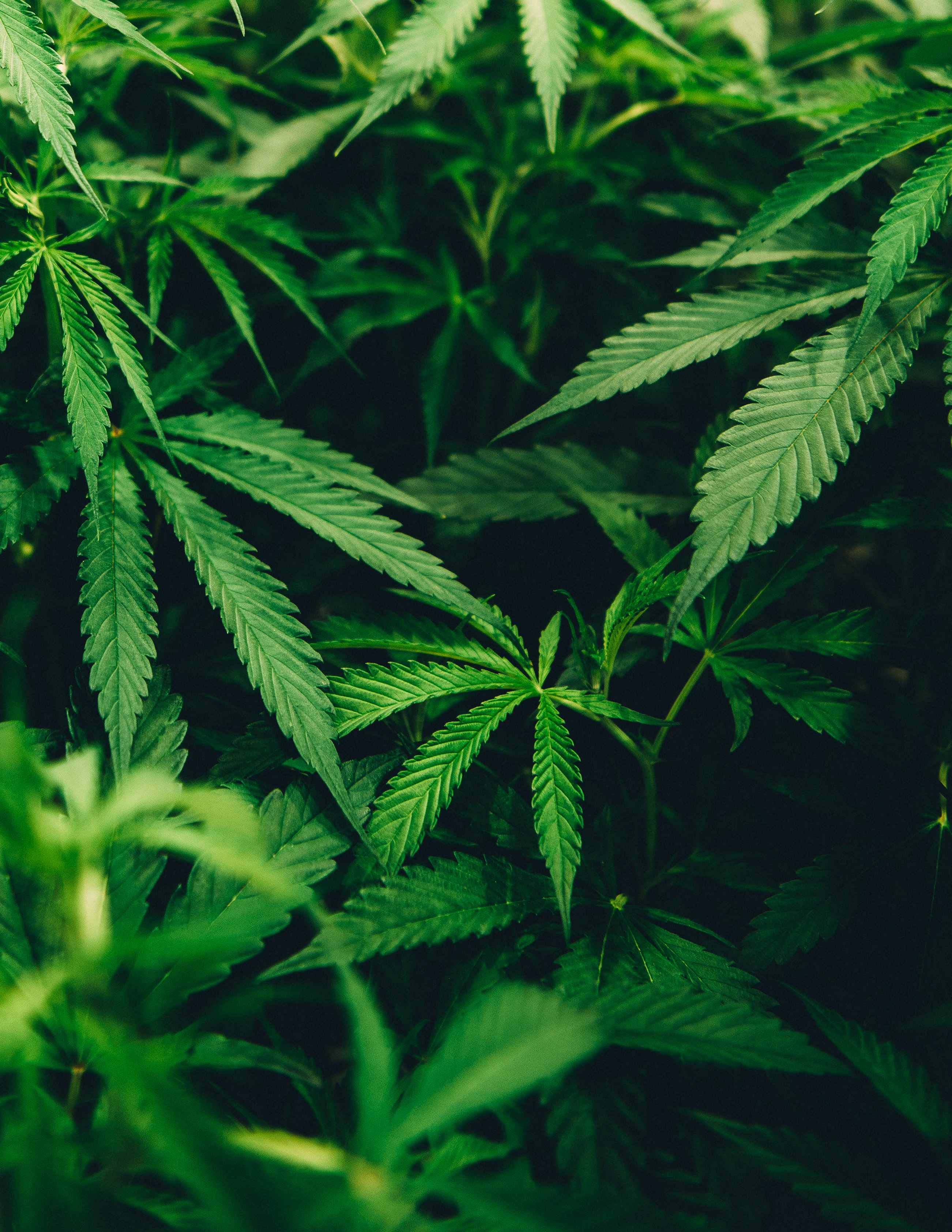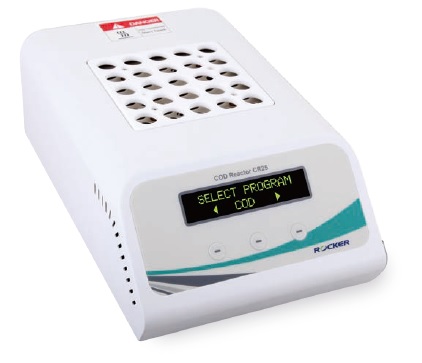The medicinal properties of cannabis have been recognized for centuries, and it has been used informally in traditional Chinese and Indian medicines, and more recently in western cultures without medical approval, to treat a wide range of symptoms. Over the last decade, interest in the medicinal benefits of cannabis has started to garner attention, and consequently there has been an increase in research to provide evidence of these medical effects (1).
Many western countries, including the United States, Canada and Germany now allow the medical use of cannabis. In Germany, cannabinoid medications prescribed by a physician to patients with severe diseases and no alternative treatment options are covered by health insurance (2).
The principal cannabinoid compounds derived from the cannabis plant are delta-9-tetrahydrocannabinol (THC), cannabidiol (CBD) and






![Join Sterlitech at BIO 2024 [Booth #5558]: Exploring the Future of Biotechnology](https://www.sterlitech.com/media/magefan_blog/b4.jpeg)

